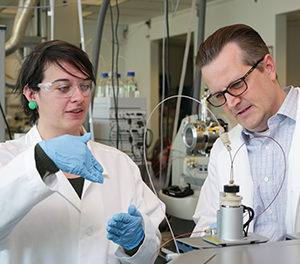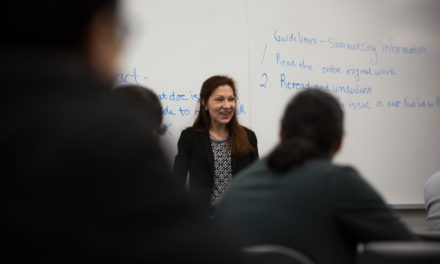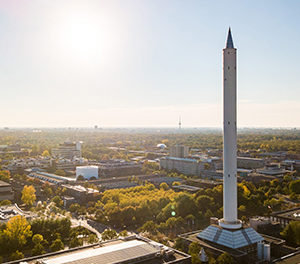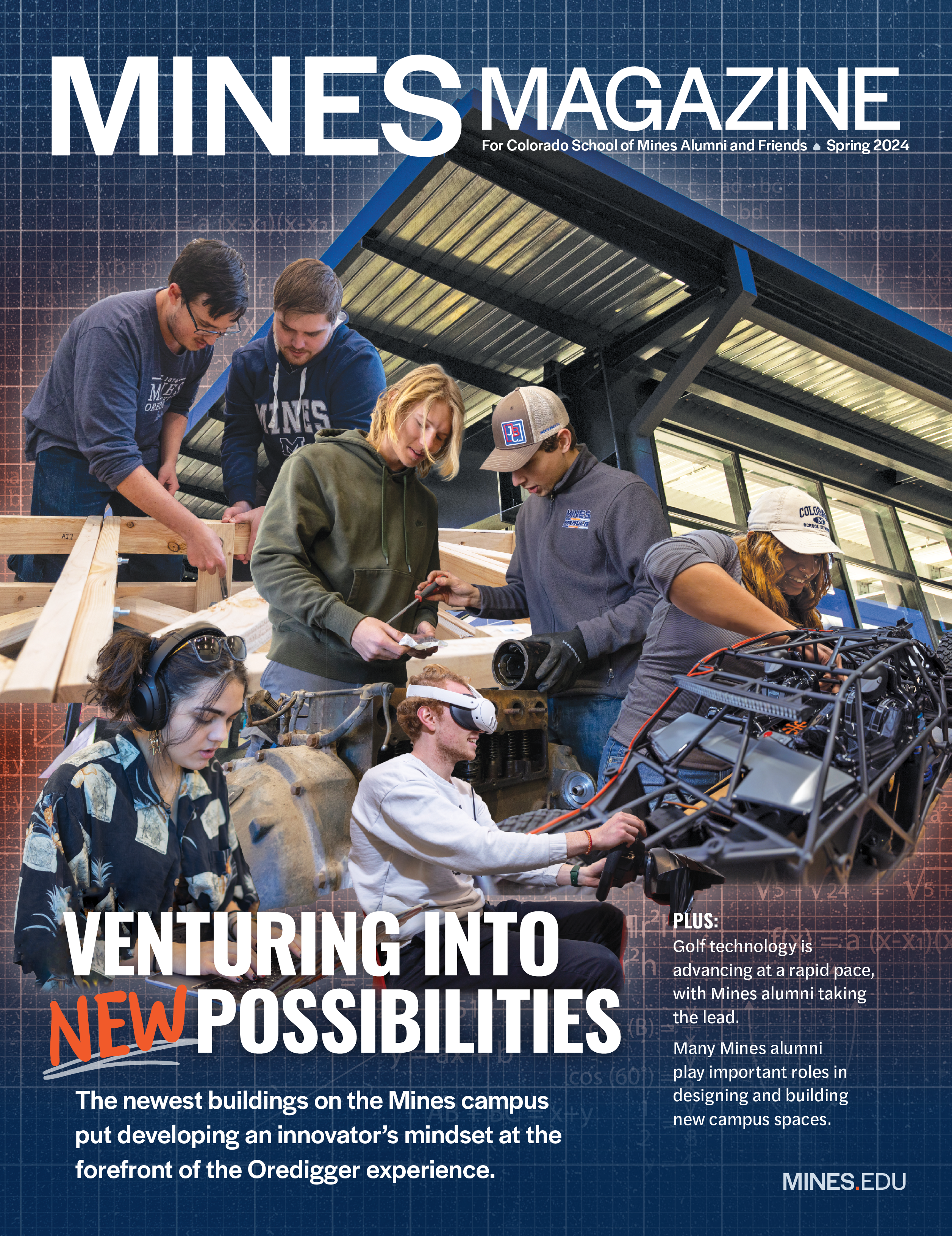Addressing the challenges of the global energy future
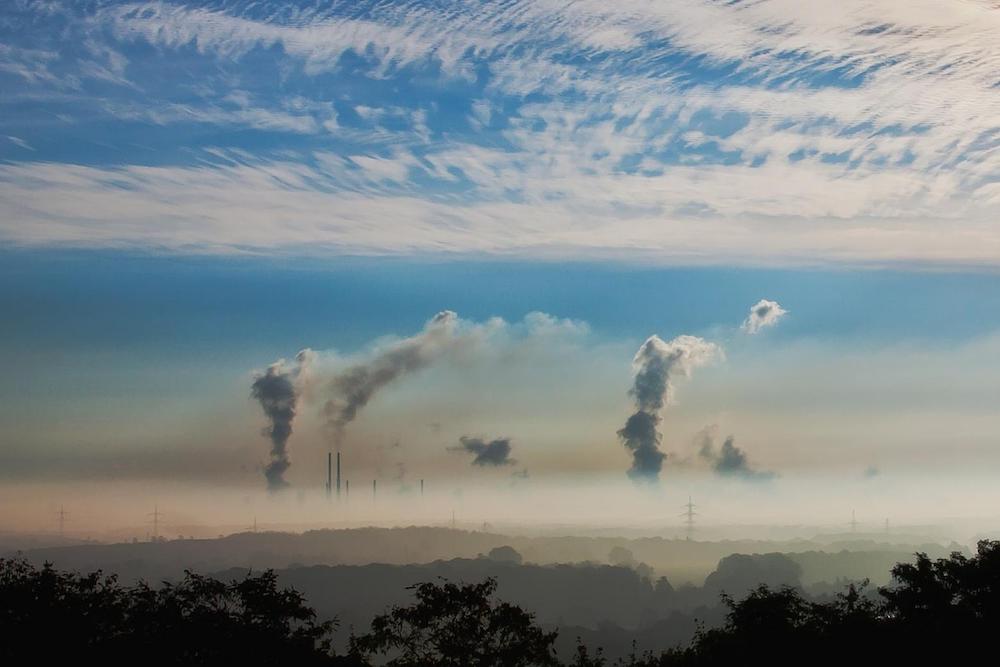
The global energy sector today is focused on finding sustainable energy sources and reducing the world’s carbon footprint. But for many, it’s unclear what the winning solutions will be, whether they will have long- term viability and when the world’s energy needs can be satisfied by net-zero carbon emissions sources.
We reached out to Susan Perrell ’81, an environmental advisor at Aera Energy, and George Wayne ’85, MS ’92, vice president of market services at Kinder Morgan, to get their take on the innovation currently underway in the field and what will be required as we move forward into our global energy future. Here’s what they shared.
The world’s energy future doesn’t mean eliminating fossil fuels completely—it’s focused on new innovations, such as those related to carbon capture, utilization and storage, to help eliminate carbon emissions and maintain a reliable, affordable and balanced energy portfolio.
Many oil and gas companies are working to lower their carbon footprint and supplement tried and true energy sources with new, more sustainable options to get closer to the goal of a net-zero carbon future. For example, Kinder Morgan, one of the largest energy infrastructure companies in North America, is finding this balance by positioning itself to provide energy solutions for the future in areas such as CCUS and low-carbon fuels. The company is focusing on business development activities through its newly established Energy Transition Ventures team or finding synergies with its traditional based business of energy transportation and storage.
But these activities also mean that any new technology or energy source must check the right boxes to adequately meet the world’s needs. “It has to stay within the bounds of reliability, affordability and being clean,” Wayne explained.
That’s a challenge that’s easier said than done, but many companies are making significant efforts to find those solutions while making reductions in their own environmental impacts. Aera Energy, for example, has not only entered the race to create more sustainable energy sources but is also looking into new technologies and practices to sequester carbon emissions. “We’re looking at every possible way to become carbon neutral,” Perrell said.
One of the ways Aera is doing that is by using what it already has. As one of the largest oil and gas operators in California, Aera owns several oil fields that have been producing for nearly a century, meaning the oil in those reservoirs is now largely depleted. Perrell and her team are working to repurpose those depleted reservoirs into storage for CO2.
“There’s a lot of pore space—the interstitial airspace between each grain of sand in that reservoir—that used to be occupied by oil and water. We produced the oil out of the reservoir, we decreased the fluid saturation and fluid pressure in the pore spaces that were once filled,” Perrell said. “These reservoirs are no longer as productive as they once were, and now their pore space is ready to serve a new role as a permanent storage space for CO2.”
Perrell is investigating how Aera can remove CO2 from their emissions, compress it and turn it into a liquid that can be injected underground into the reservoirs. “An oil reservoir that stored oil and gas for millions of years has already proven itself to be a highly secure place to store CO2,” she said.
And this is just one example of the carbon sequestration work happening at Aera—and throughout the oil and gas industry. There are many other similar projects that are providing the necessary innovation to change how the world sources and manages its energy output.
But that doesn’t mean oil and gas is on its way out.
“From a very practical standpoint, oil and gas will be around for quite a while,” Wayne said.
Wayne explained that there needs to be a balance between the energy sources we currently use and alternative sources, otherwise we will cause more problems.
“For instance, if everybody put up solar panels on their homes and industries, it would place a huge burden on the electric grid,” he said. “You’d have to totally reengineer the grid to be able to support something like that to not only make it reliable but affordable for all consumers. There are a lot of simple, practical things that have to happen to make this transition happen.”
The solutions that must be considered when developing the global energy future can’t take an all-or-nothing approach. The world must find the middle ground where oil and gas still has its place while being supplemented by additional energy sources and sustainable practices.
While there are many technical challenges in developing new practices and technologies, there is also a need for more expertise in regulation and policy to speed up and improve innovation in these areas.
Developing CCUS technology or clean energy sources is a technical challenge in itself, but it’s equally challenging to get these new types of projects reviewed and approved by regulatory agencies so they can be implemented and put into everyday use.
“I know, confidently, that we will tackle all the technical challenges, and we will make the technology more cost-effective and more efficient over time,” Perrell said. “But under a relatively new regulatory framework, it’s still a challenge to permit these carbon sequestration projects. There have been just so few projects that both permit applicants and permitting agencies are inexperienced with CCUS permitting programs.”
The regulatory permitting cycle can take years to complete in addition to the technical studies and engineering needed to get a sequestration project or potential energy source off the ground. More engineers with expertise in environmental, geological, geophysical, reservoir and other engineering fields, as well as stakeholder engagement, are needed to help move these projects forward.
“Economics and policy are very important,” Wayne said. “Understanding and quantifying the economic differences is critical to being able to apply a technological solution.”
Although these challenges seem daunting, Perrell and Wayne agree that Mines graduates are primed to lead these challenges—from the technical to the economic.
“Mines is uniquely positioned—we’ve been hanging out in oil and gas reservoirs for decades. We have a profound understanding of geological systems, processes and engineering technologies, and we know how to communicate all this to others. We got this,” Perrell said. “And we’re really good at it.”
Mines researchers and alumni actively working on energy solutions, whether in a lab, classroom or out in the field, see firsthand just how these new innovations can be applied for maximum benefit.
“Faculty at Mines have energy experience and can connect the dots for students,” Wayne said. “Then our alumni are out in industry and can easily connect the dots for regulators and politicians and people who have these aspirations to make these things more realistic and tangible.”

